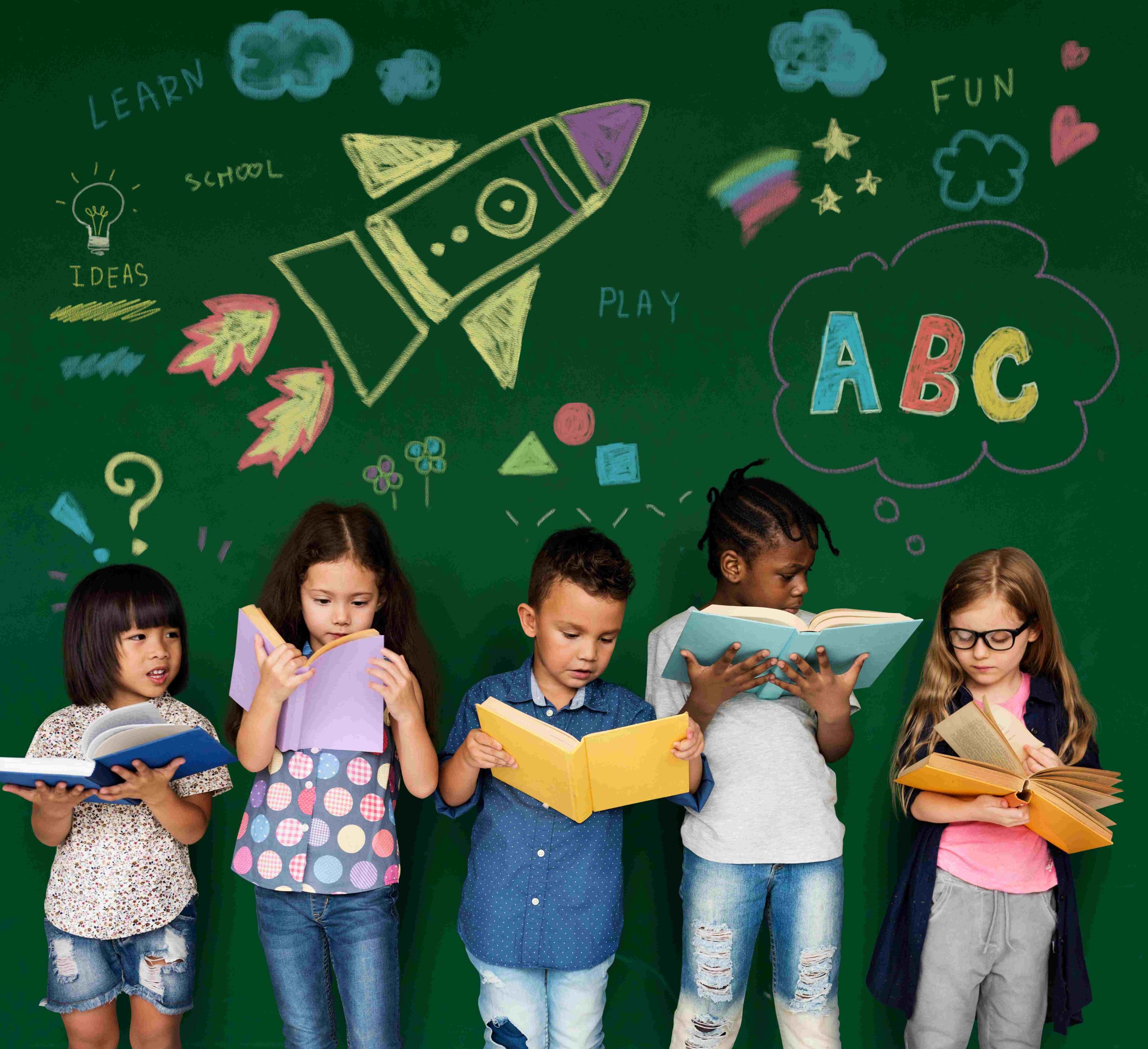
Setting Clear Goals in Preschool Lesson Plans to Enhance Learning for Preschoolers
As a preschool teacher, setting clear goals in lesson plans is critical in promoting optimal learning for preschoolers. Moreover, well-designed lesson plans with clear goals create a conducive learning environment that fosters growth and development. Let’s explore the importance of setting clear goals in preschool lesson plans and provide tips on how to do so effectively.
Importance of Setting Clear Goals in Preschool Lesson Plans
Setting clear goals in preschool lesson plans is essential for several reasons. Firstly, it creates a focused learning environment that maximizes learning opportunities for preschoolers. Additionally, with clear goals, preschoolers know what they are expected to learn, keeping them engaged and motivated throughout the lesson. Secondly, clear goals promote teaching consistency, ensuring that essential learning objectives are covered within the allocated time frame. Consequently, this reduces the risk of omitting critical concepts, thus enhancing the learning process. Lastly, clear goals facilitate progress monitoring and evaluation, allowing teachers to assess goal achievement and identify areas needing further attention. This feedback is invaluable in refining teaching methods to meet the specific needs of preschoolers.
Tips for Setting Clear Goals in Preschool Lesson Plans
1. Understand the Learning Objectives: Before setting clear goals, grasp the learning objectives to tailor lesson plans accordingly.
2. Break Down the Learning Objectives: Divide objectives into smaller components to make them manageable and age-appropriate.
3. Use Visual Aids: Utilize pictures, diagrams, and charts to reinforce concepts and make lessons more engaging.
4. Incorporate Play-Based Learning: Integrate play-based activities to create a fun and interactive learning environment.
5. Provide Feedback: Offer specific feedback to monitor progress and encourage a growth mindset.
6. Collaborate with Parents: Involve parents in the learning process to reinforce goals and address concerns.
The Importance of Play-Based Learning
Play-based learning fosters creativity, imagination, and problem-solving skills in preschoolers. Furthermore, it also promotes social and emotional development by encouraging teamwork and communication.
Using Visual Aids in Lesson Plans
Visual aids like pictures and diagrams help preschoolers understand complex concepts and make lessons more engaging.
Providing Feedback and Encouragement
Offering specific feedback and encouragement boosts preschoolers’ self-esteem and fosters a positive attitude towards learning.
Collaborating with Parents
Regular communication with parents helps identify issues hindering learning and develops strategies for optimal learning outcomes.
Making Lesson Plans Age-Appropriate
Designing age-appropriate activities ensures that lesson plans cater to the developmental stage and interests of preschoolers.
Incorporating Diversity and Inclusion in Lesson Plans
Incorporating diversity and inclusion promotes understanding and respect for different cultures, backgrounds, and perspectives among preschoolers.
Building on Preschoolers’ Prior Knowledge
Building on prior knowledge helps deepen understanding and make learning more meaningful for preschoolers.
Using Differentiated Instruction in Lesson Plans
Differentiated instruction meets the unique needs of individual preschoolers, promoting engagement and optimal learning outcomes.
Balancing Structure and Flexibility in Lesson Plans
Establishing a basic structure while remaining flexible allows teachers to adapt lesson plans to preschoolers’ needs, enhancing learning effectiveness.
Conclusion
Effective preschool lesson plans set clear goals, incorporate engaging activities, and cater to diverse learning needs. Consequently, by implementing these strategies, teachers create a stimulating environment that fosters growth and development for all preschoolers.


